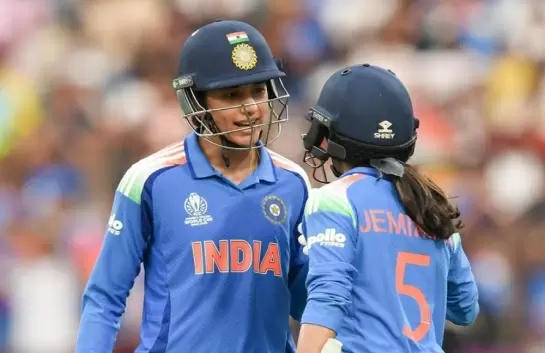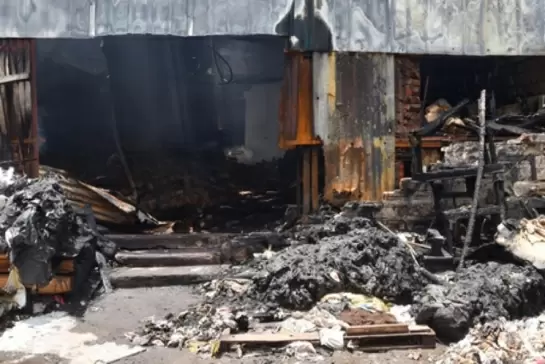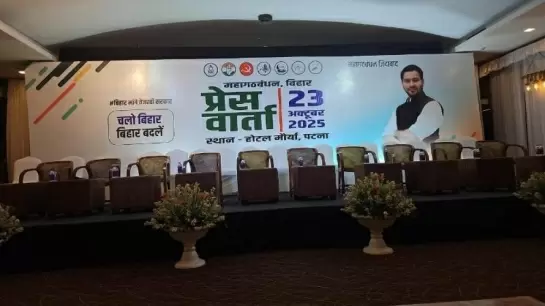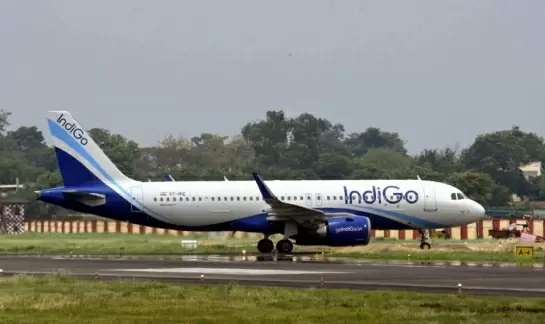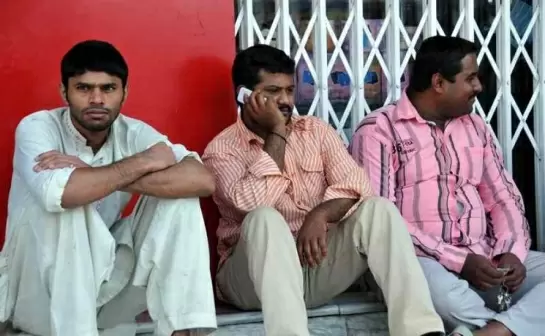Long-delayed RTR flyover opened, drive to IGIA to be easier
16-July-2019
Delhi's long wait for a three-lane 2.7-km flyover at the Rao Tula Ram (RTR) came to an end on Tuesday when Chief Minister Arvind Kejriwal inaugurated the road bridge, easing the drive to the domestic and international airport terminals from south and east Delhi, and Noida.
The project, launched in November 2014 with an aim to ease the traffic flow, had missed several deadlines due to planning permission delays.
The elevated road was built between Munirka and Subroto Park on the Outer Ring Road to ease rush hour traffic and to make travelling from south Delhi and Noida towards the Indira Gandhi International Airport (IGIA) easier.
Part of a larger plan to decongest the busy Vasant Vihar, South Campus and Moti Bagh corridors, the flyover will reduce the travel time of commuters going to the airport and Gurugram, along with decongesting the Outer Ring Road, Ring Road, Munirka, Vasant Vihar and R.K. Puram. It's likely to benefit over 100,000 motorists a day.
The other part of the project -- construction of an underpass linking Benito Juarez Marg with San Martin Road -- is expected to be completed later this year as major hiccups have been cleared.
The project was planned in 2007 in view of the 2010 Commonwealth Games.
The Public Works Department (PWD) has conceptualised construction of three flyovers at the Outer Ring Road to ease the traffic congestion in the area -- over the Africa Avenue and intersections near IIT; over the Vivekananda Marg, Nelson Mandela Marg and Kamakoti Marg intersections at Munirka; and a one way flyover at RTR and Benito Juarez Marg intersections near Vasant Vihar.
During the construction of the flyovers, the Vasant Vihar Welfare Association in October 2009 approached the Delhi High Court for redressal of concerns regarding traffic management on the stretch, after the opening of these flyovers.
The High Court directed the Unified Traffic and Transport Infrastructure (Planning and Engineering) Centre (UTTIPEC) to examine the issues raised by the association.
The UTTIPEC recommended RITES -- a central government enterprise that specialises in the transport infrastructure -- to conduct a study of the corridor and suggest a traffic management plan.
On the basis of RITES' recommendations to ease the traffic congestion on the RTR and the Outer Ring Road, the UTTIPEC in 2013 approved in-principle construction of the flyover and the underpass.
Later, the Delhi Urban Art Commission (DUAC) and the Delhi Cabinet gave nod to the twin project in 2013, months before the Delhi Assembly elections, which brought Kejriwal to power for the first time.
The work on the RTR flyover and underpass started in November 2014 with a deadline of November 2016.
Over the years, the cost of the project shot up to Rs 364.87 crore from Rs 313.67 crore due to an increase in the cost of shifting of underground miscellaneous utilities and compensatory tree plantation. The Kejriwal cabinet gave nod to the revised cost in March 2019. IANS
Satya Nadella’s Pay Soars to $96.5 Million in FY25 as Microsoft’s AI Boom Lifts Profits
Dalit Youth Abducted, Assaulted, and Forced to Drink Urine in Madhya Pradesh’s Bhind
CM Vijayan Faces Protest During Kozhikode Market Inauguration, Slams Oppn
Heavy Rains Raise Vaigai Dam Level; Flood Alert Sounded in Theni District
Ashwini Vaishnaw: Data Is the New Oil, Data Centres Are the New Refineries





